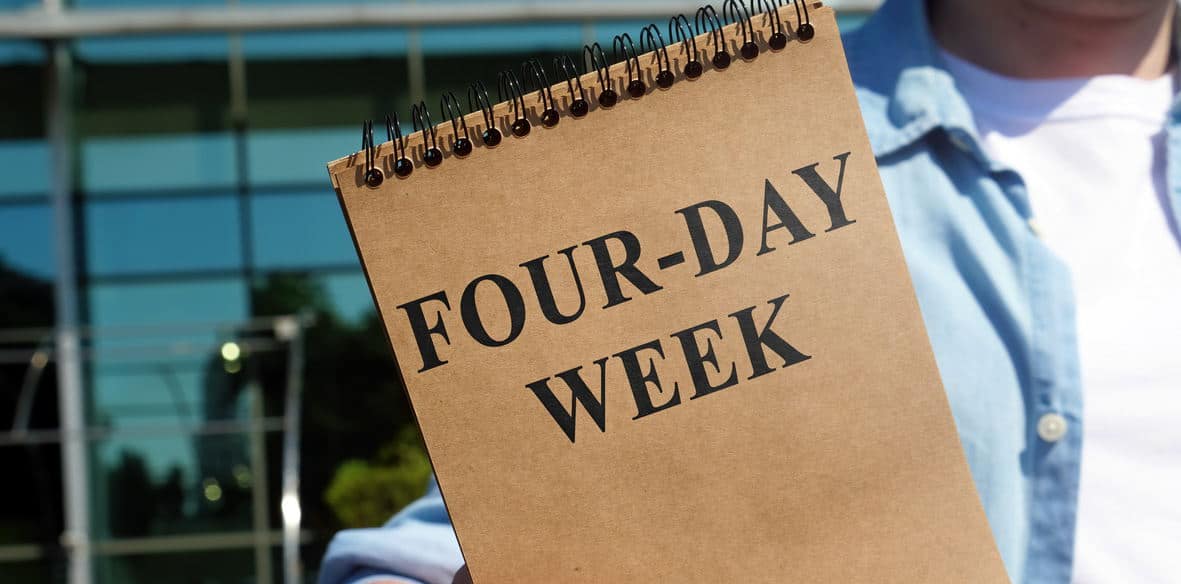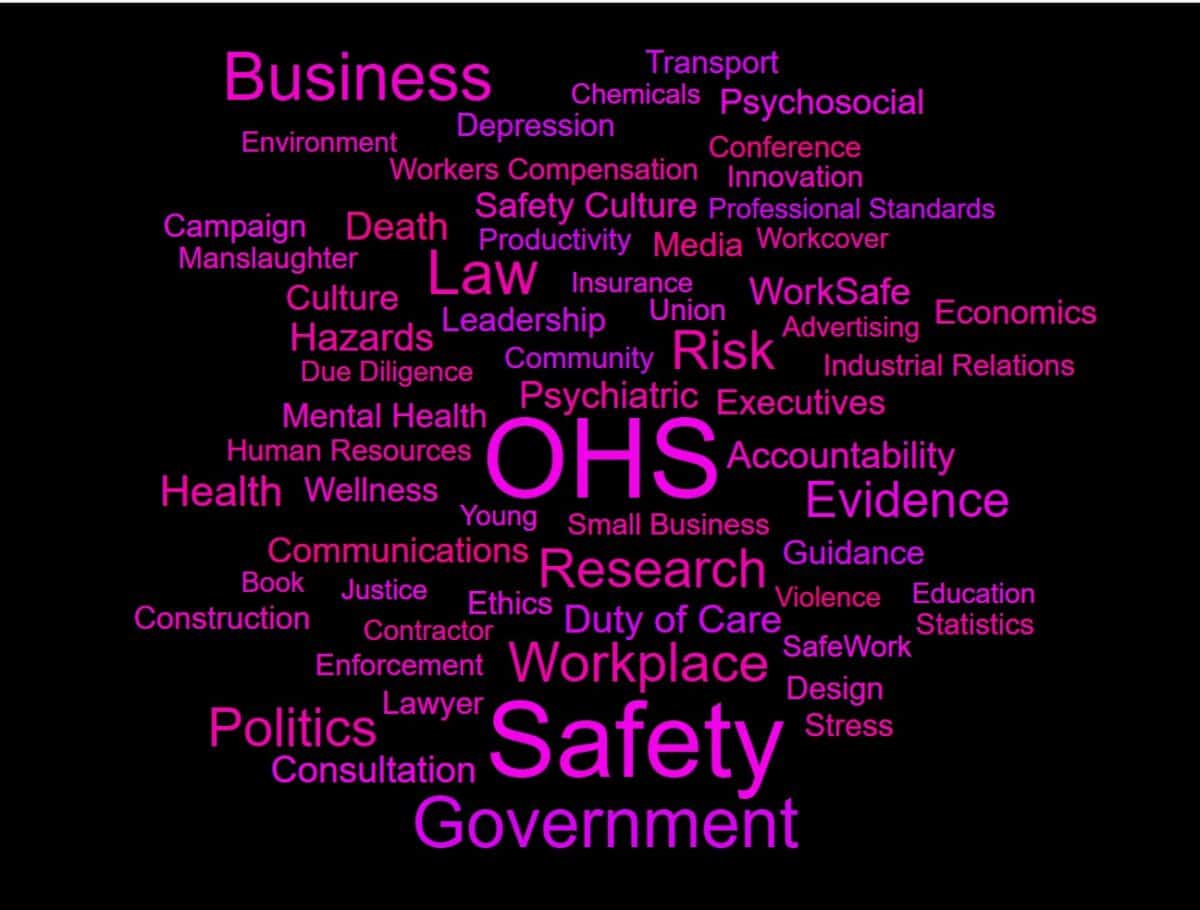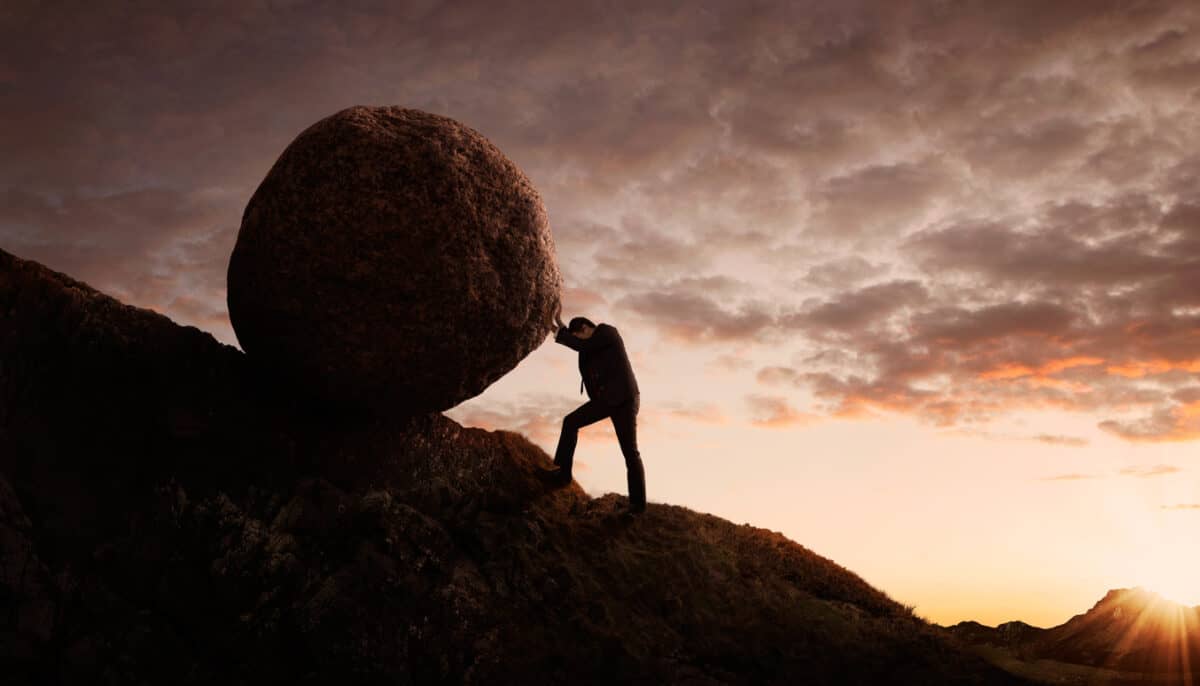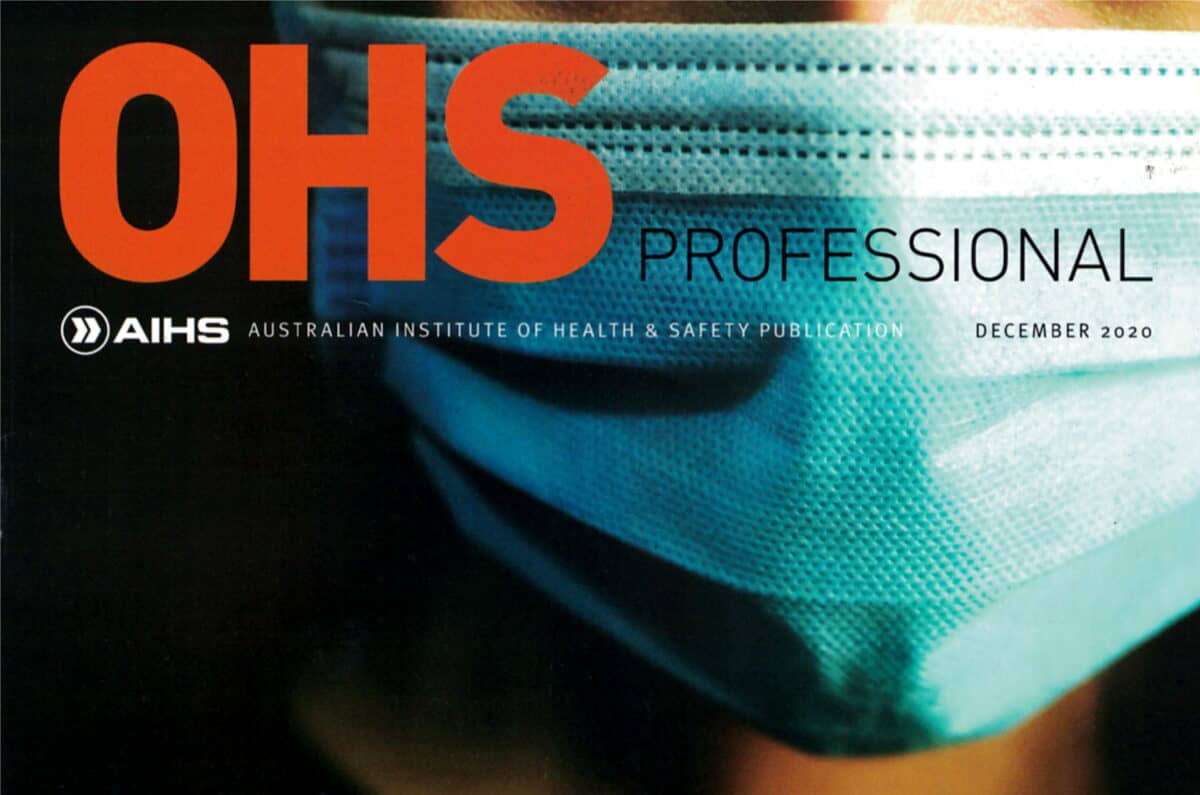Three years ago, WorkSafe Victoria indicated that it would consider prosecuting farmers for breaches of occupational health and safety (OHS) laws. That possibility seems to have disappeared based on the latest Minister for Workplace Safety’s appearance at the Public Accounts and Estimates Committee (PAEC).
Ingrid Stitt‘s appearance centred on questions related to the 2020-21 Budget Estimates and touched on Industrial Manslaughter, gig workers, mental health, and construction and farm safety.




